 |
| Alpine flowers that needed very little to grow. |
 |
| I fell in love with the wood, how it was preserved, and what it looked like. |
 |
| I have very few photos I took of views (well, I’m still processing the panoramas), but there just wasn’t a good way to convey scale – everything is just so BIG. |
 |
| Flowers and Rocks – formations by glaciers. |
 |
| I looked like a road from a car commercial. |
 |
| Wood! |
 |
| Yes, it was really necessary to get in the lake. I had to know if the water was as cold as everyone was making it to be. |
 |
| Berries, and wood. |
 |
| Blue, blue Sky. And yet, so many different shades! |
 |
| A long, long, way down. It was hard not to get dizzy when you looked down. |
 |
| Playing with the capabilities of my camera. |
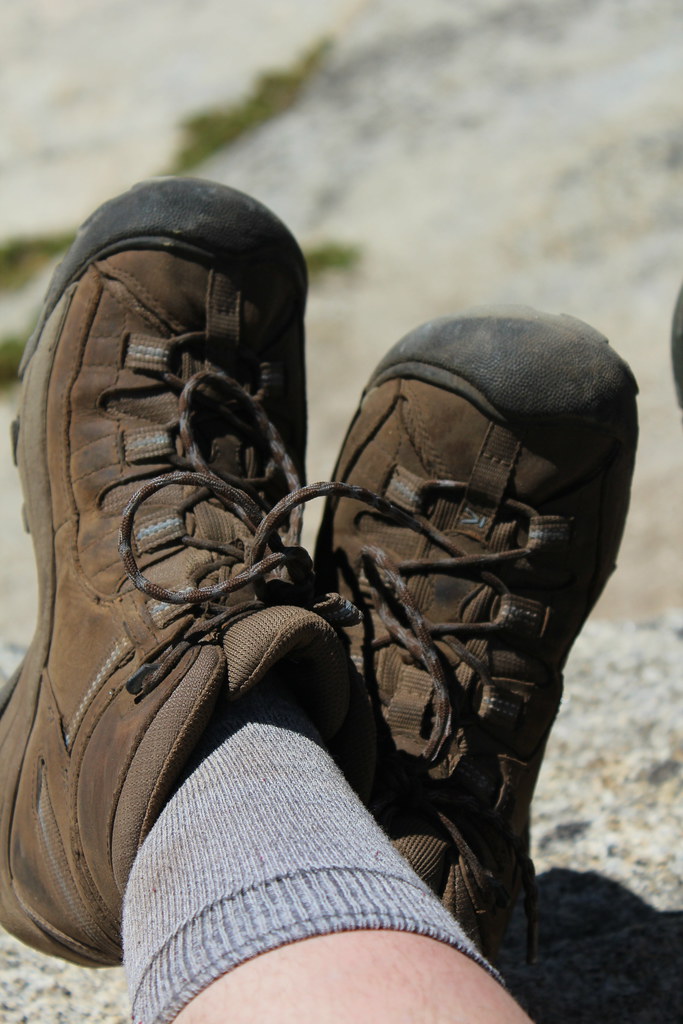 |
| A quiet lunch moment. |
 |
| Flowers. |
 |
| I loved the stuff that grew on the trees – such a vivid green! |

 When I was younger and my mother needed something to keep my
When I was younger and my mother needed something to keep my

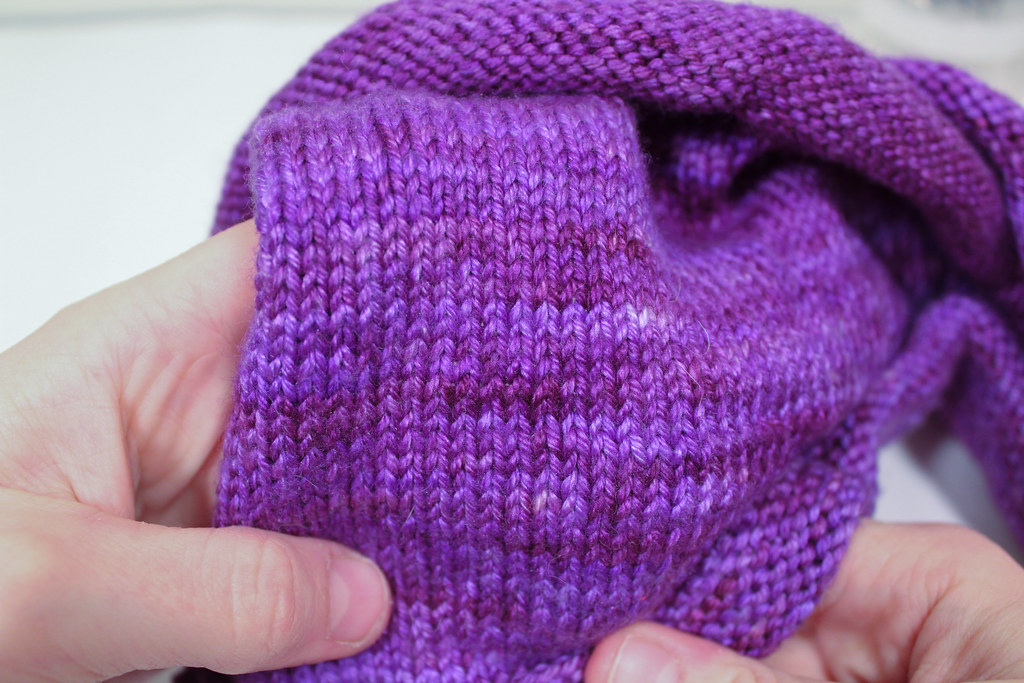


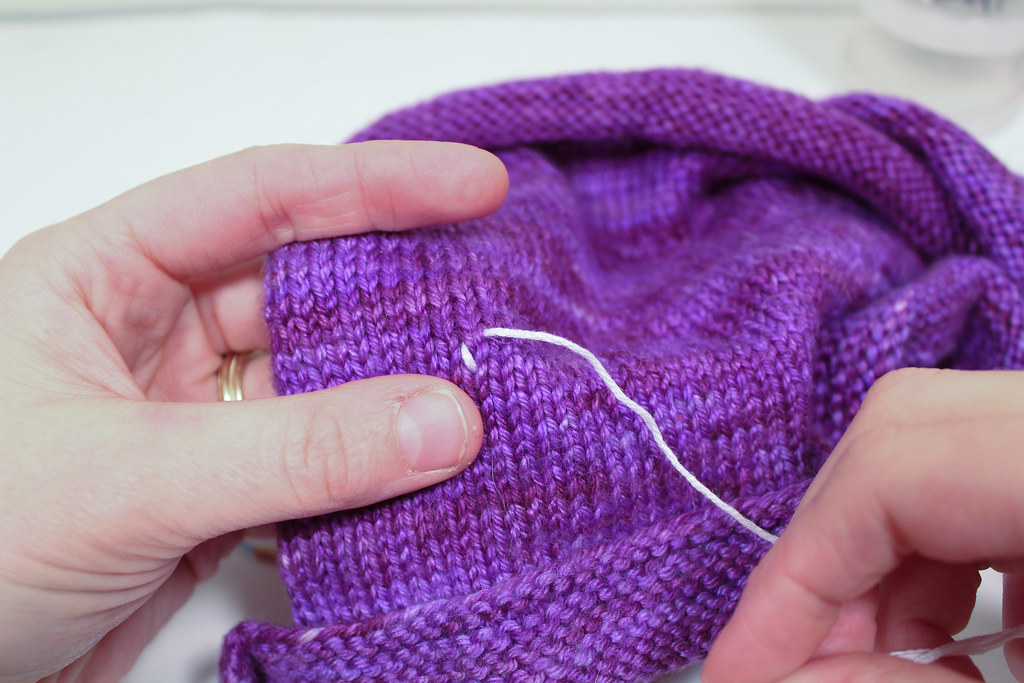
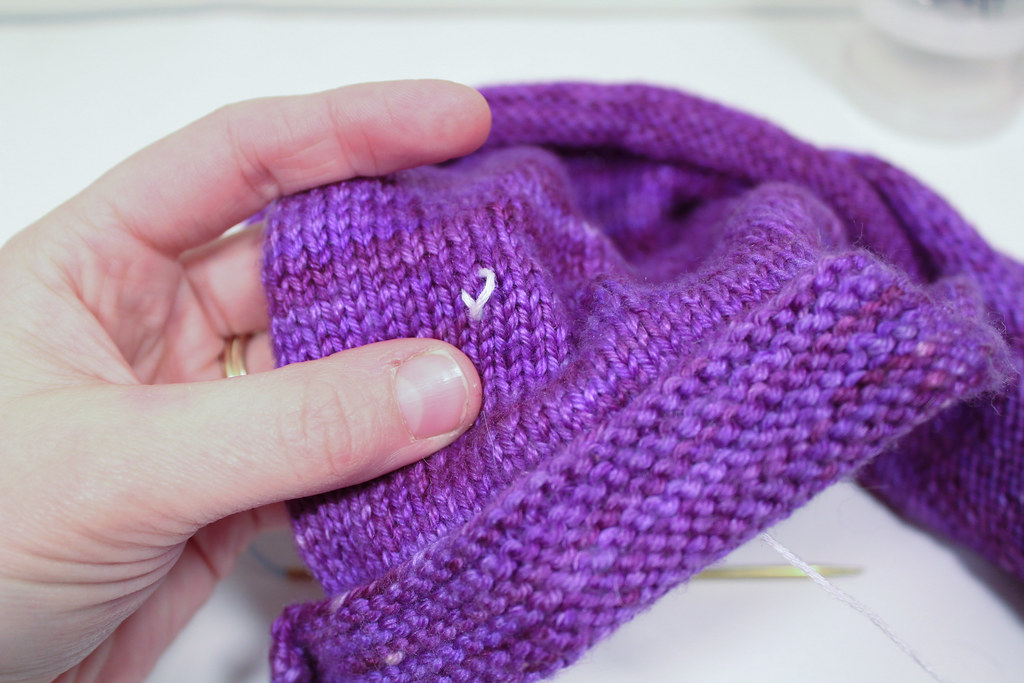


.jpg)
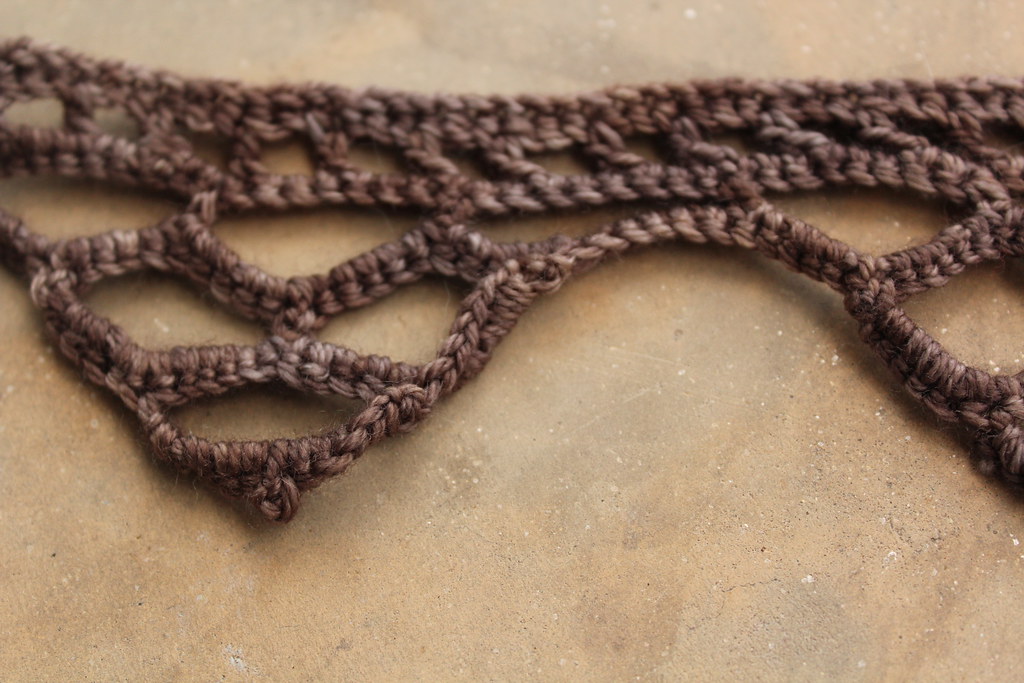



.jpg)
.jpg)
.jpg)
.jpg)






